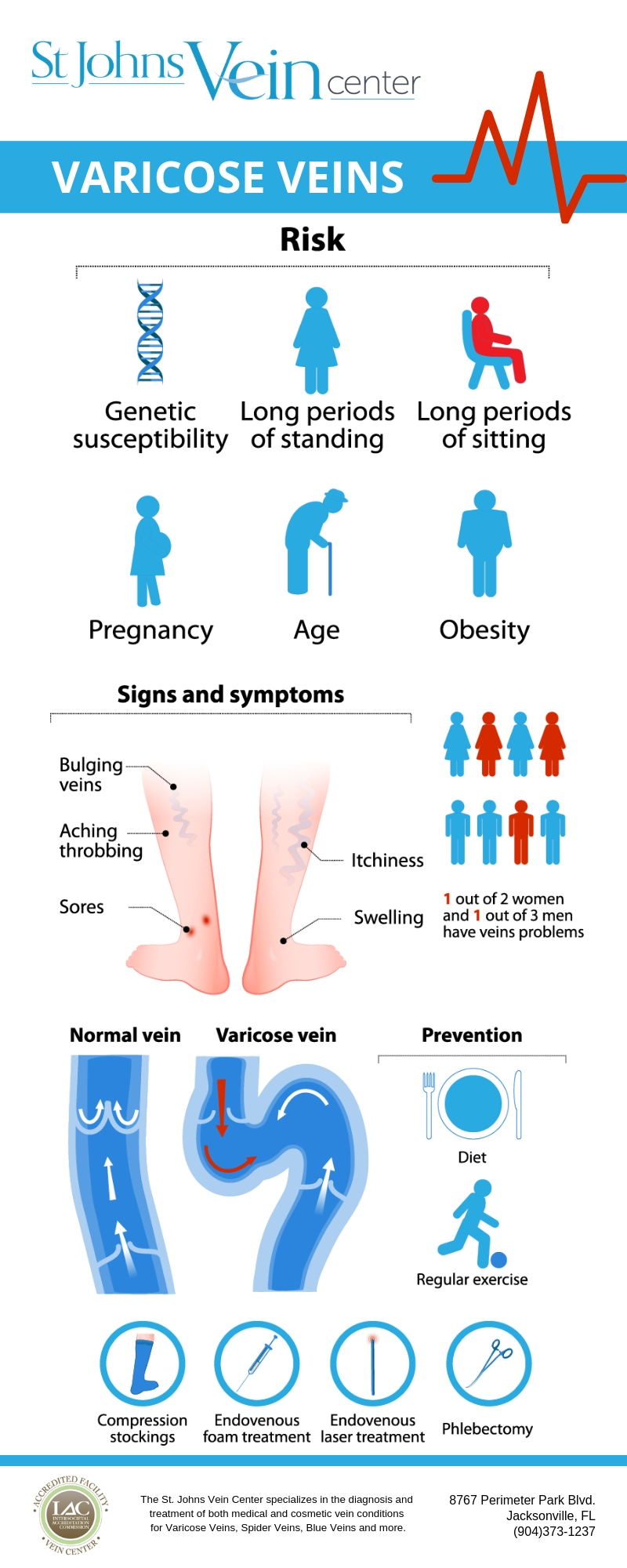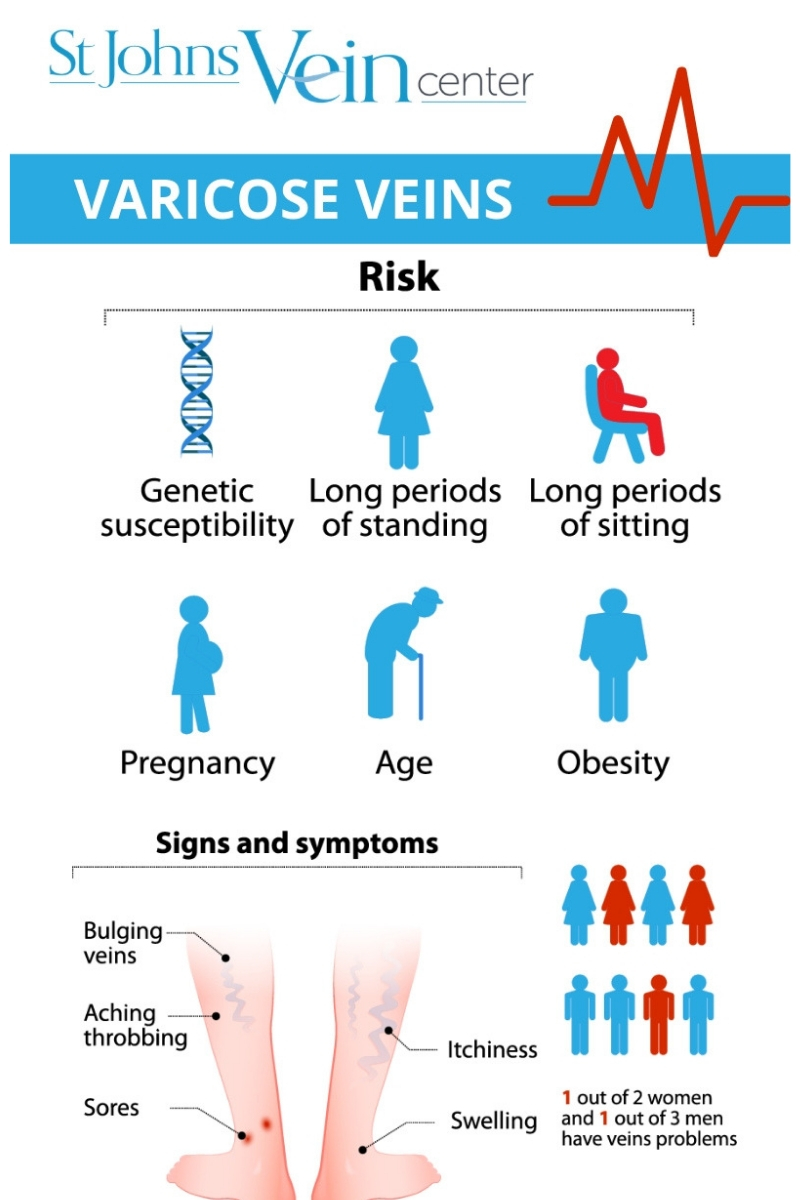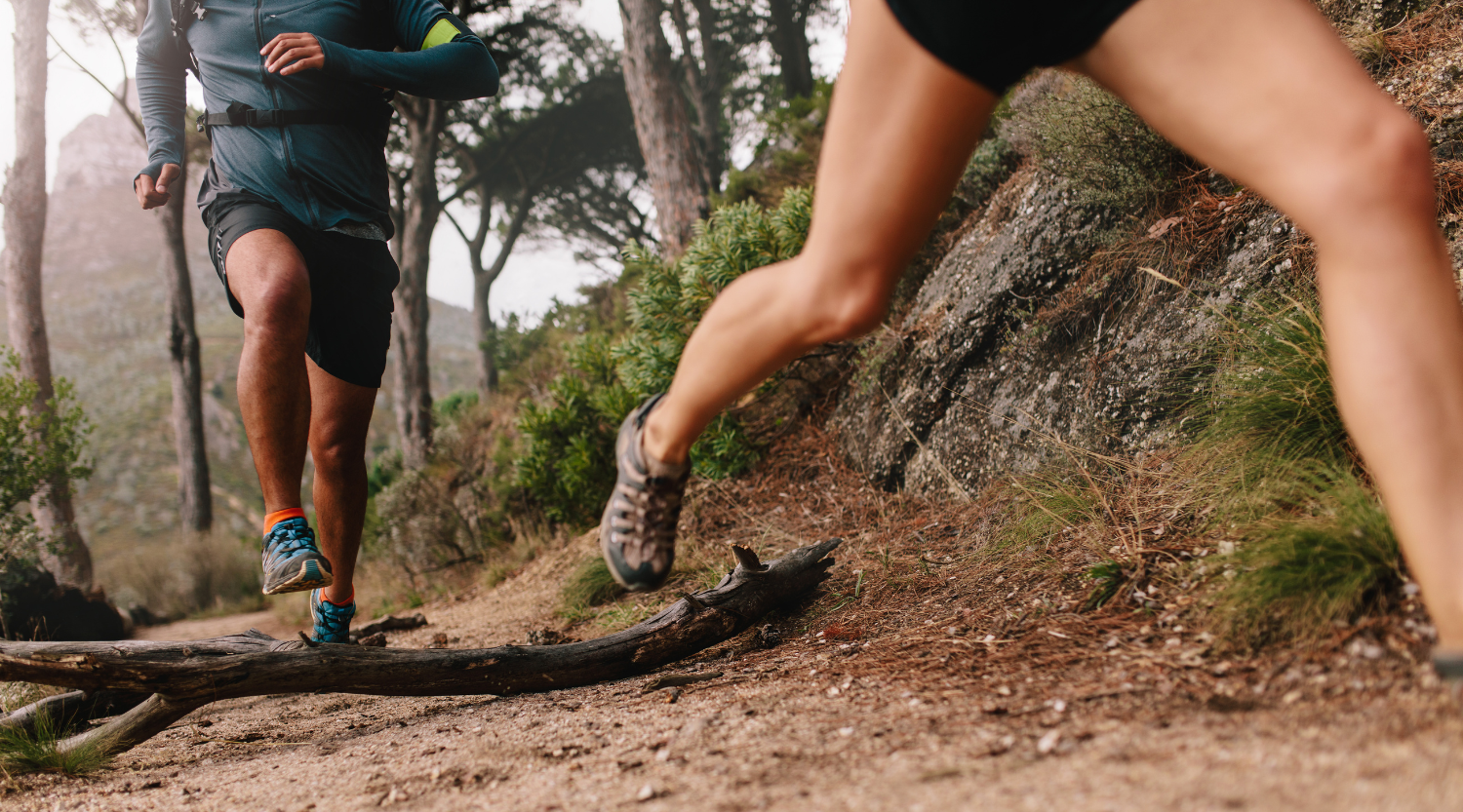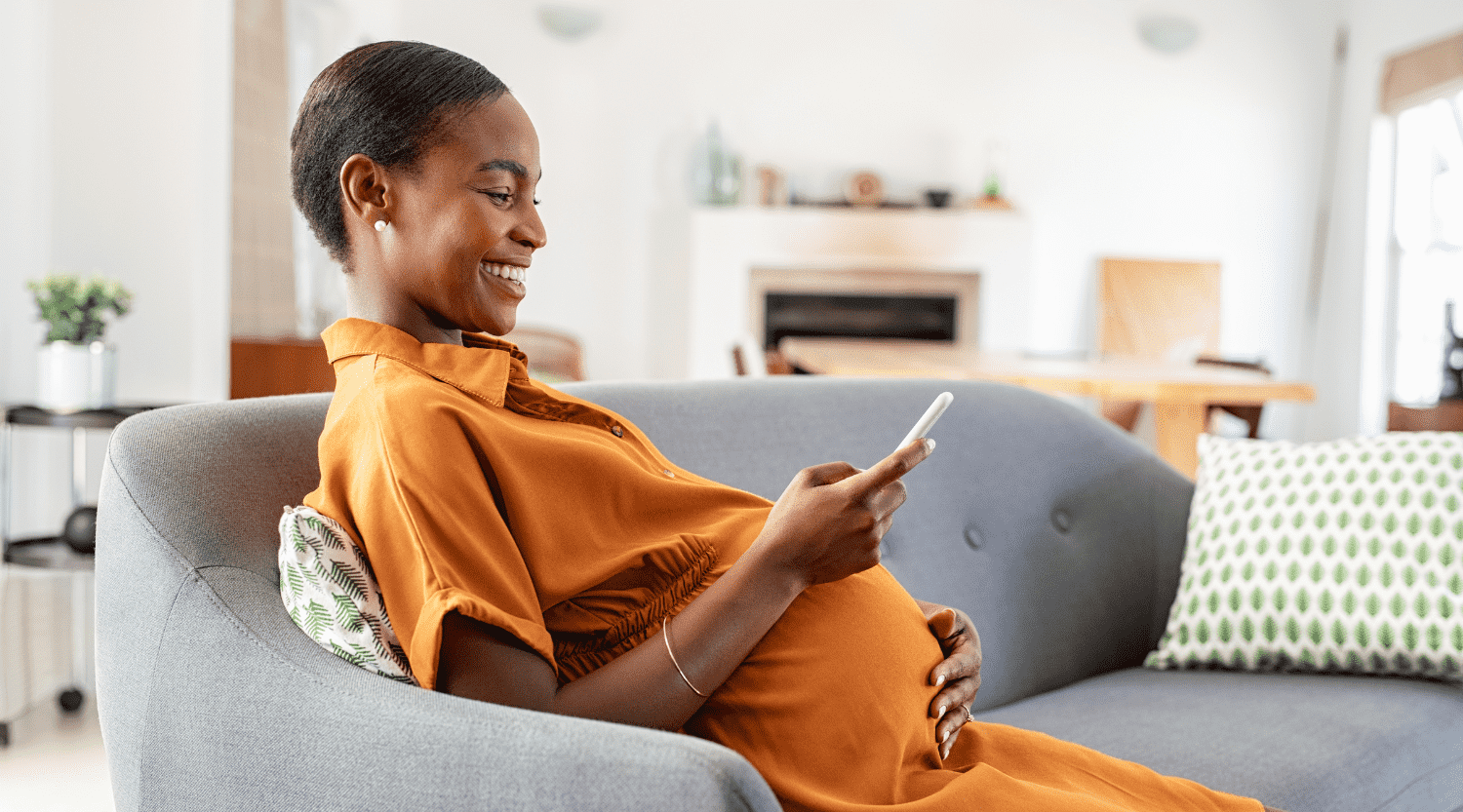Varicose Veins 101
Varicose veins are swollen, bulging and twisting veins that appear just under the skin. They often occur in the legs but also can form in other parts of the body. Hemorrhoids are a type of varicose vein.
Your veins use one-way valves to help keep blood flowing toward your heart. If these valves are weakened or damaged, the blood can back-up and become pooled in your veins. This causes your veins to swell, which leads to varicose vein issues.
Varicose veins are very common in both men and women. You are more at risk of getting varicose veins if you are older, overweight, and do not exercise regularly. They can also be more common in women during pregnancy.
Doctors often diagnose varicose veins from a physical exam and then refer patients to a vascular specialist for treatment.
Some ways you can keep from getting varicose veins are exercising regularly, losing weight, and elevating your legs when resting. Avoiding tight fitting clothing and standing or sitting for long periods of time can also help. If your varicose veins become painful or if you don’t like the way they look, you should contact our vascular specialists here at The St. Johns Vein Center to discuss treatment options.
Here is a helpful infographic we put together to help you better understand the causes and treatment of varicose veins.





